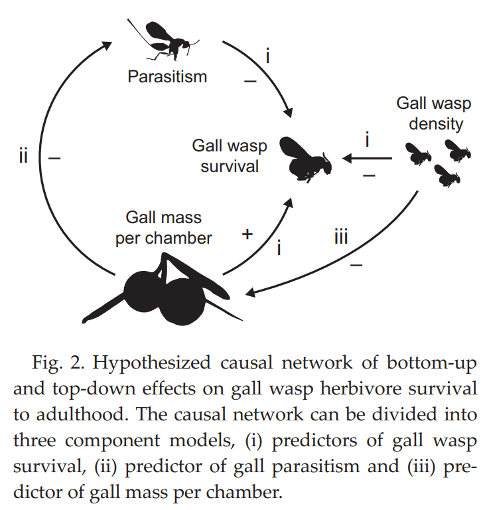Measuring and modelling compositional change in biodiversity with zeta diversity

Changes in the composition of ecological communities across sites are traditionally measured by computing how many species are shared across pairs of sites, using one of multiple possible beta diversity metrics.
Zeta (ζ) diversity (see the original paper here) is a concept that was recently proposed to overcome the limitations of pairwise metrics. Zeta diversity is not a single measure, but is decomposed into a set of measures, whose combination provides additional insights when considering multiple sites simultaneously. ζ1 is the average number of species per site (i.e. alpha diversity). ζ2 is the average number of species shared by any two sites (i.e. beta diversity). ζ3 is the average number of species shared by any three sites, and so on until the maximum number of sites is reached (the number of sites as subscript is referred to as the “order” of zeta). The advantage of zeta diversity therefore lies in the fact that low orders of zeta capture the contribution of all species in the community to turnover, whereas high orders of zeta only capture the more widespread (common) species (by definition, rare species cannot be shared by many sites).
The concepts underpinning zeta diversity and its calculation are introduced across 3 publications (2 peer-reviewed and 1 pre-print) and example applications are growing in the literature.
R-package – Zetadiv

The zetadiv R package (current version 1.0.1, https://CRAN.R-project.org/package=zetadiv) enables multiple analyses using zeta diversity to investigate changes in species composition across multiple sites. These analyses can be classified into 4 categories:
- the decline of zeta diversity analyses how the number of species shared by multiple assemblages decreases with increasing number of assemblages within combinations, and what information is contained in the form of this decline;
- the distance decay of zeta diversity analyses how zeta diversity for different orders varies with distance between sites;
- Multi-Site Generalised Dissimilarity Modelling (MS-GDM; an adaptation of Generalised Dissimilarity Modelling; Ferrier, et al. 2007), computes the contribution of different environmental variables and distance to zeta diversity for different orders;
- hierarchical scaling of zeta diversity analyses how zeta diversity varies with grain. The functions of the zetadiv package encompass analyses, such as the zeta decline, that use multiple species assemblages from different sites, and are specific to zeta diversity.
Other functions, related to distance decay, MS-GDM and the hierarchical scaling of zeta diversity, are classical analyses that have been applied to beta diversity in the literature, and have been adapted for higher orders of zeta diversity to illustrate the differences between common and rare species in their contribution to compositional turnover.
Five papers outlining the concept of zeta diversity, its use and calculation
1. The original work
Hui & McGeoch (2014) introduced the concept of zeta diversity, and showed how it can link together to various incidence-based measures, including species accumulation curves, occupancy-frequency distributions, and the endemic-effort relationship.
Associated CIB blog post: http://academic.sun.ac.za/cib/highpaper/2014/06_zeta_beats_beta.htm
2. The relevance and application of zeta diversity
McGeoch et al. (2019) uses zeta diversity to analyse and compare a set of very diverse datasets, and show how zeta can be used to analyse and characterise different types of not only ecological communities, but any kind of data that can be describe by a row-by-column incidence matrix.
3. Using Zeta in a modelling framework
Latombe et al. (2017) showed how combining zeta diversity and generalised dissimilarity modelling, enables distinguishing between the drivers of species turnover for common and rare species.
Associated MEE blog post: https://methodsblog.wordpress.com/2017/04/13/multi-site-generalised-dissimilarity-modelling/#more-5740
The MS-GDM article is part of the MEE special issue “Technological Advances at the Interface of Ecology and Statistics” (associated MEE blog post): https://methodsblog.wordpress.com/2017/04/11/issue-7-6-ecostats/#more-5734)
4. Using Zeta Diversity to quantify and explain changes in species networks
Ecological network structure is maintained by a generalist core of common species. However, rare species contribute substantially to both the species and functional diversity of networks. Multi-site interaction turnover provides a comprehensive measure of network change that can, for example, detect ecological thresholds to habitat loss for rare to common interactions.

5. Mechanisms driving community turnover
Deane et al. (2023) demonstrates the multiple explanations for exponential and power law forms of species turnover in communities.

